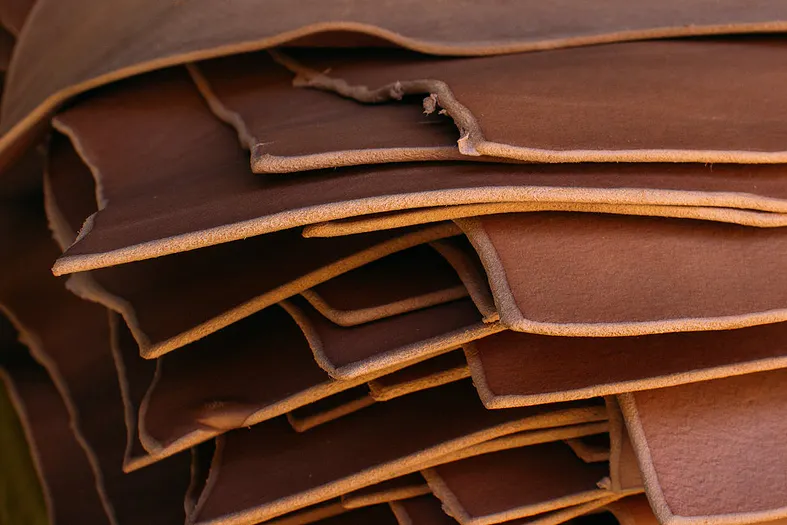Magnesium oxide is a white hygroscopic solid mineral with the following properties:
Non-toxic, tasteless and odorless
Relative density 3.58
Melting point 2800℃
Virtually insoluble in water and organic solvents
Soluble in acid or ammonium salt and easily absorbs water
When meeting water, it forms magnesium double salt and carbon dioxide in the air

Magnesium oxide has the following main applications in leather tanning:
As an alkali extractant
During the leather tanning process, alkaline tanning agents are needed to convert the protein fibers in the leather into colloids, making them wear-resistant, corrosion-resistant, and water-resistant. Alkaline tanning agents will reduce the pH value of the tanning solution during use. If the pH value is too low, the tanning effect will be affected. Magnesium oxide is an alkaline substance that can be used to adjust the pH of the tanning solution to keep it within a suitable range.
as a leveling agent
During the leather tanning process, dyes are used to dye the leather. The adsorption of dyes is affected by the pH of the tanning liquor. Magnesium oxide can absorb moisture in the tanning liquid and reduce the pH value of the tanning liquid, thereby improving the adsorption of dyes and making the dyeing effect of leather more uniform.
as a polish
During the leather tanning process, the leather needs to be polished to improve the luster and feel of the leather. Magnesium oxide is a hard substance that can be used to polish leather to make its surface smoother.
as filler
During the leather tanning process, magnesium oxide can be added as a filler to increase the thickness and strength of the leather.
The application of magnesium oxide in leather tanning has the following advantages:
Non-toxic, tasteless, odorless, harmless to the environment and human body
Cheap and easy to obtain
Has good alkalinity, water absorption and hardness properties
Therefore, magnesium oxide is widely used in leather tanning.
